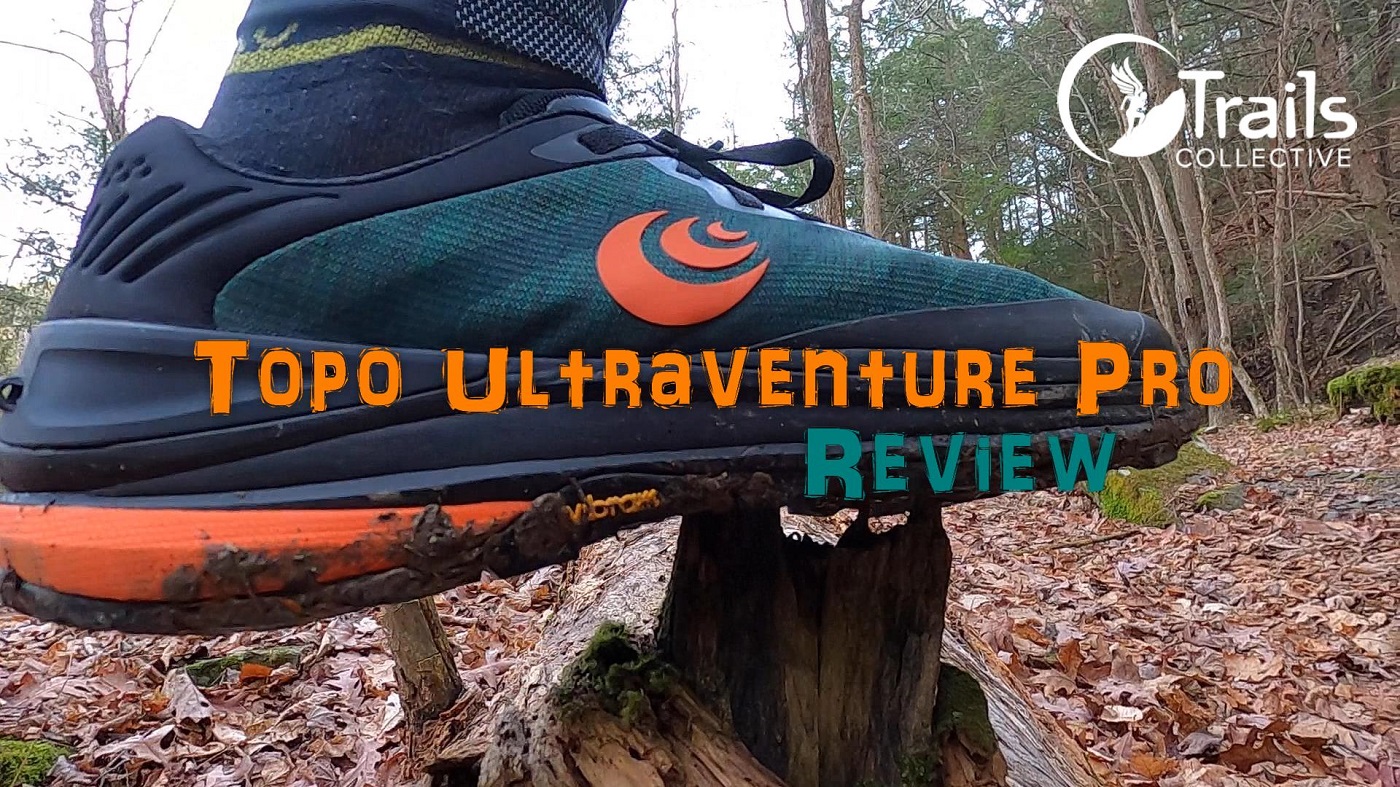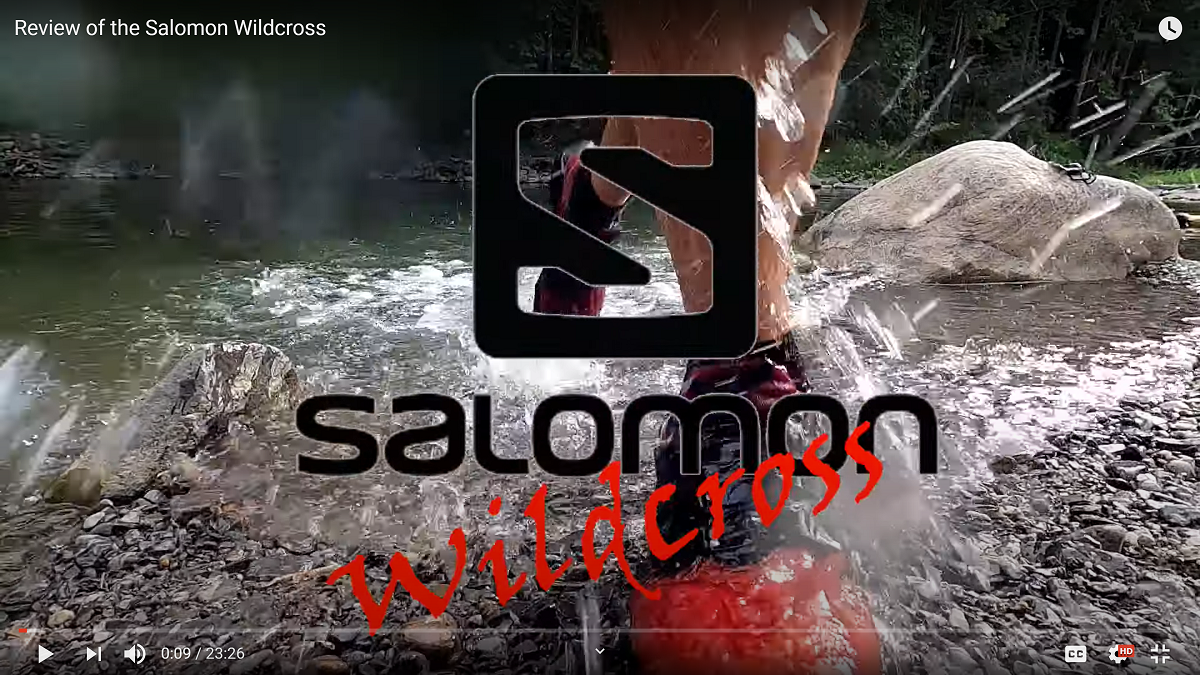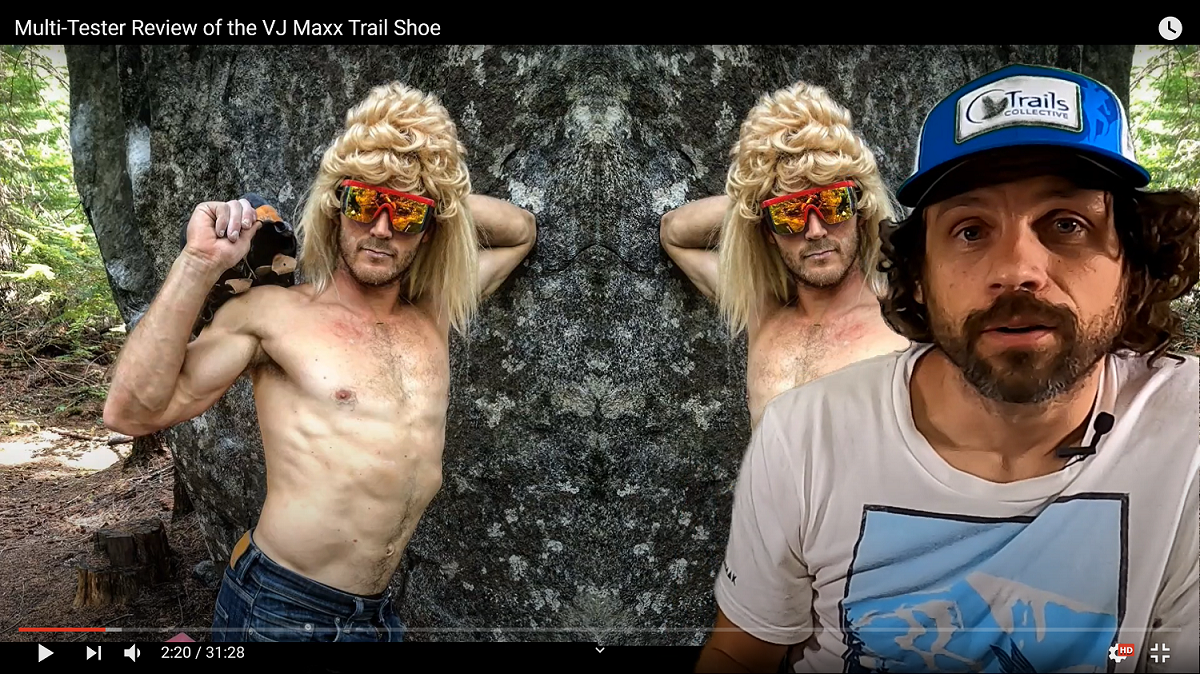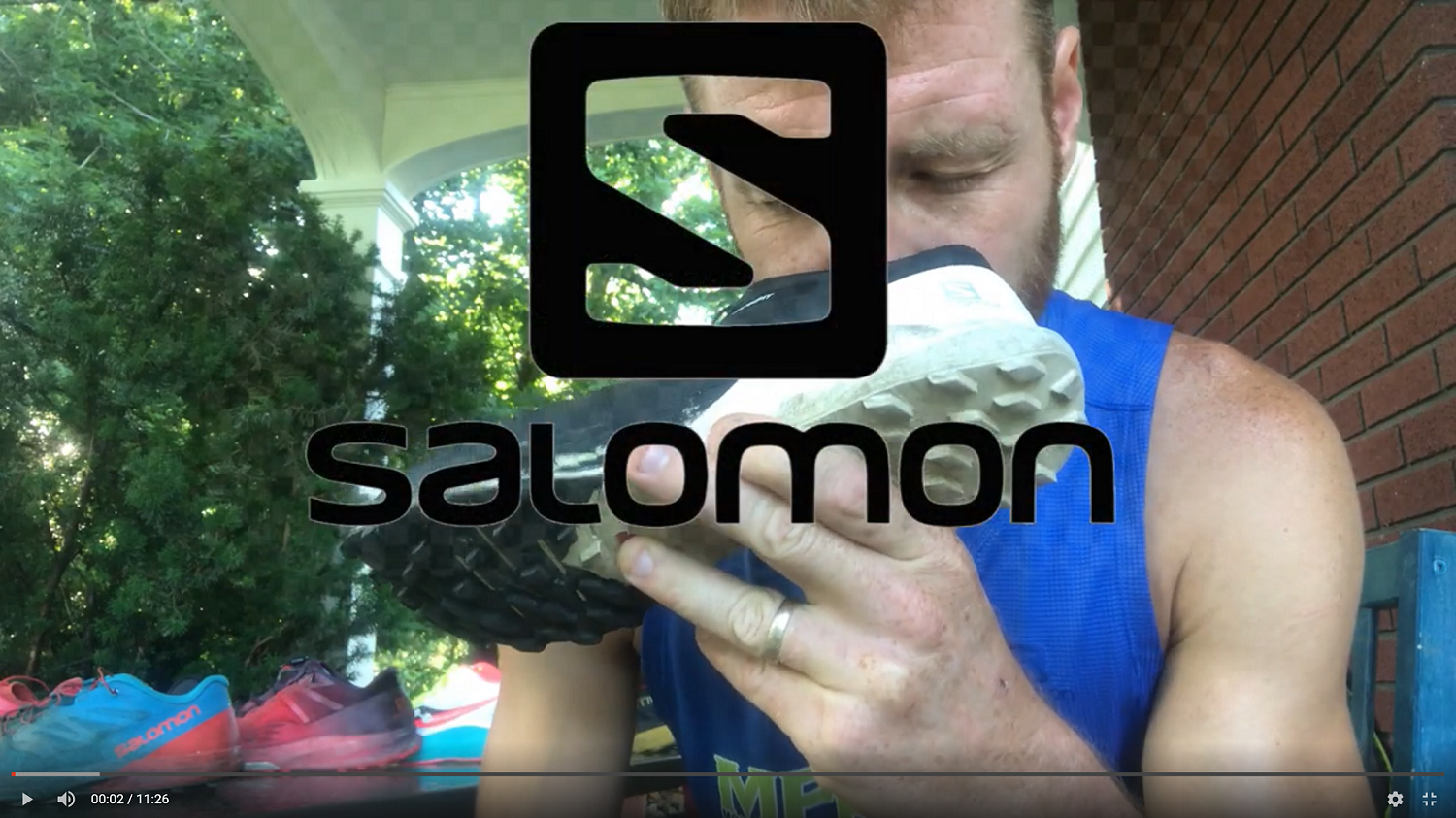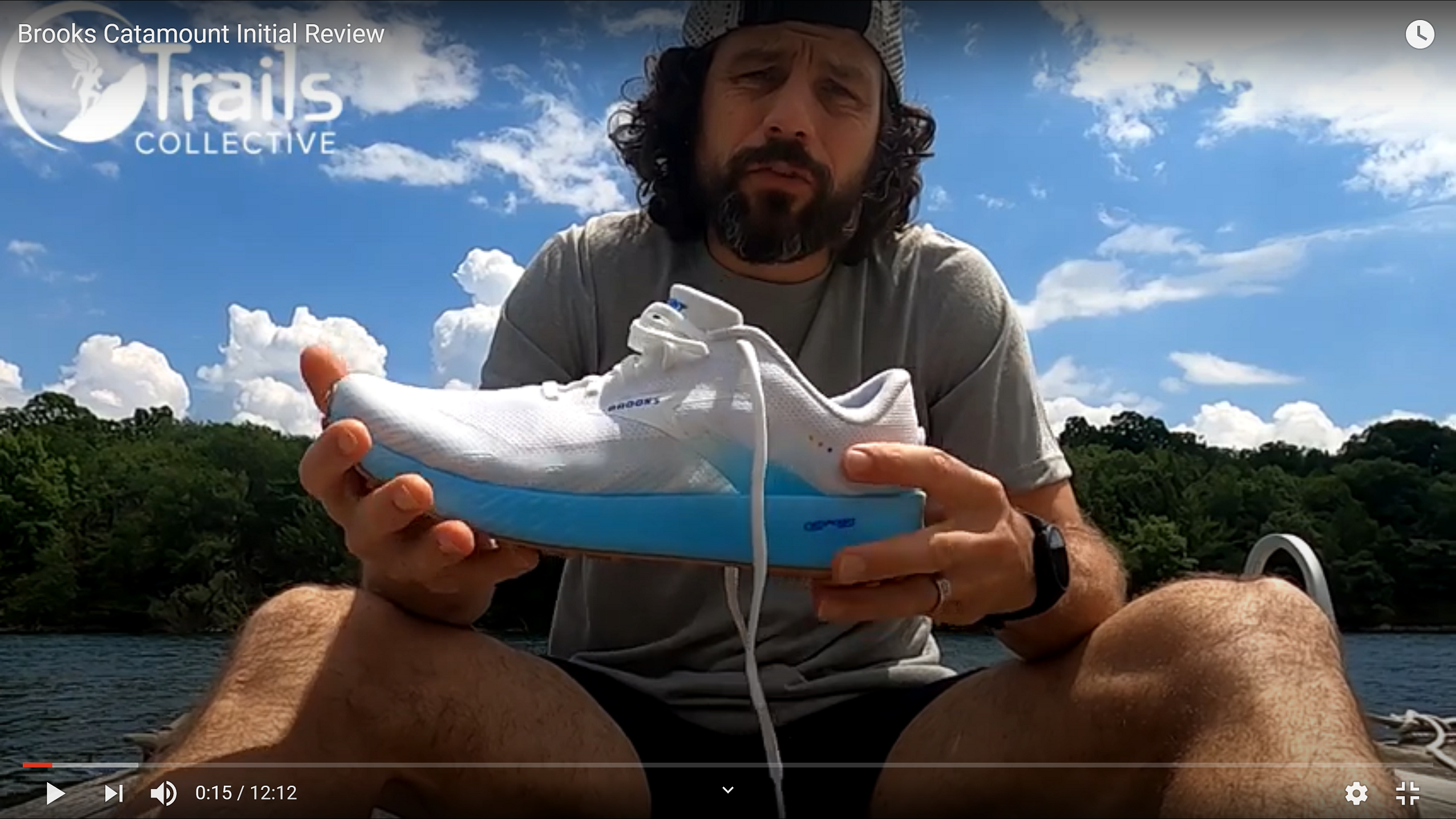Topo UltraVenture Pro Review
The Topo Ultraventure Pro
Let’s start by saying that we’ve loved Topo. The shape works for most feet, and better than traditional lasts. Their materials an design have evolved quite well in the past few years. Several of their models feel great out of the box. This has shown in them making more gains than any other footwear brands in our shop over the past 18 months, coming in at #4, nipping at the heels of Hoka. Our #1 trail model in 2020? The Topo Ultraventure. So, although we questioned some of the specs, and what the shoe was trying to achieve, we were excited to run its sibling, the Ultraventure Pro. Let’s dig into the specs, and, both materials and performance of each component.
Ultraventure Pro Specs
Weight:
10.4 oz M9 / 8.2 oz W7 (* Shop scale has M9 at 10.3 oz so pretty much as listed)
Stack Height/s:
Component Stack Heights:
Insole: 5mm
Lasting: 4mm
Midsole: 14mm
Base Rubber: 2mm
Lug Depth: 5mm
Cumulative Stack:
30mm Heel / 25mm Forefoot
Drop / Differential:
5mm
Price:
$145
Upper
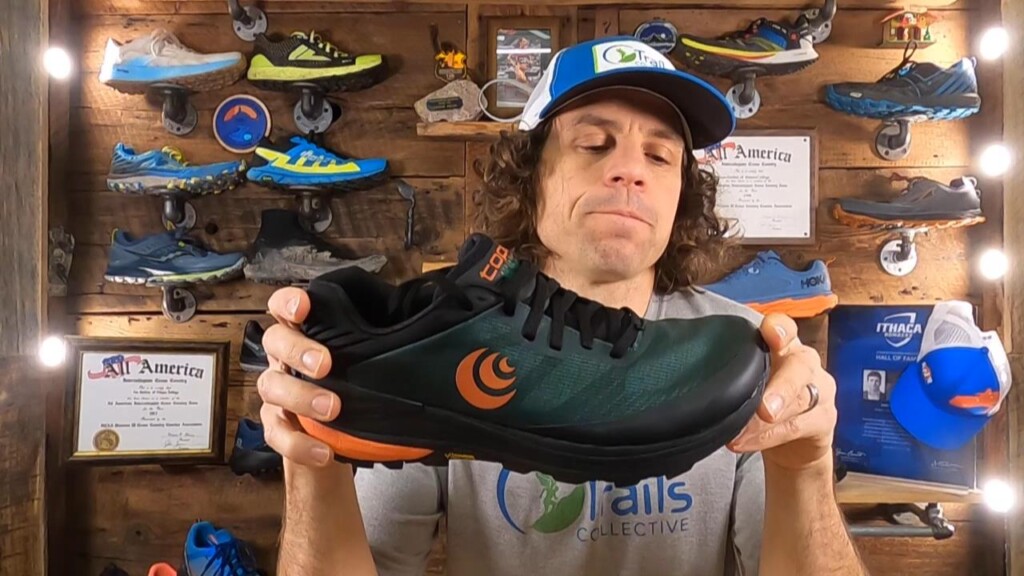
Design:
The Ultraventure Pro is constructed with a tightly woven mesh upper that is intended to be more durable and breathable than the ripstop nylon used in the MTN Racer. It has external TPU counter in the heel for rearfoot integrity and support, with a padded heel collar above. The TPU counter is overlaid with Topo’s Gaitor attachment points, with a forward D-ring anchor at the base of the laces. The toes get a bit of protection from a rubberized toeguard which has perforations next to the medial metatarsal head to assist with drainage. The tongue has elasticized gussets to assist in keeping debris out, and bilateral top lace loops to keep it in place. Okay, that’s all fine and good, but how’s it perform?
Performance:
Fabric –
The mesh has a nice lightweight feel. It does a great job of keeping dirt out, but, contrary to a couple of the established review sites and reviews, isn’t remarkable in keeping water from saturating. (This can be viewed in the video review where the water poured over the upper immediately soaks into the fabric.) One of the strongest aspects of Topo is the anatomic shape of having a broader toebox with tapered midfoot and heel. Paring the soft fabric with the anatomic shape would seem a recipe for success. However, in the case of the Ultraventure Pro, the volume and design of the upper I think is too loosey goosey.
Out of the box and in the opening runs over technical pitched and off-camber terrain, my foot wouldn’t remain anchored over the shoe, instead torsioning out over the base. I was able crank down the laces and take in a bit of that volume, but then the upper felt a bit too cranked. There are light lamination lines running from the laces to the midsole which typically would assist here in stabilizing a foot within the upper. However, whereas a similar design feel effective in offering support in the upper of the Topo MTN Racer, they seem much lighter and more aesthetic rather than effective in the Ultraventure Pro.
Laces –
The laces rest flat and are capable of tightening down the vamp, though met with a squeak and resistance secondary to the rubberized lamination reinforcing the lace lines. The loops attached to the upper tongue work well in anchoring the tongue, but also exacerbate the ineffectiveness of dialing in the fit of the upper.
Toe Guard –
The rubberized toe guard is effective, handling abrasion and providing protection while being light and malleable.
Heel Counter and Collar –
The external TPU counter makes for a stable heel pod and the padded heel collar feels good around the achilles and malleoli. The heel pocket is decent, and seems to hug the calcaneus well. Some reviewers on the established review sites comment that the Ultraventure Pro has a slippy heel. My take isn’t that the heel design is at fault, but rather the rigidity of the last and chassis. That, paired with the loosey goosey upper could make the foot a bit more prone to motion, perceived in the heel, but again, I don’t think the heel itself is the root of that issue.
Insole
Materials and Design:
Topo, as with many of their other models, use an Ortholite insole for the Ultraventure Pro.
Performance:
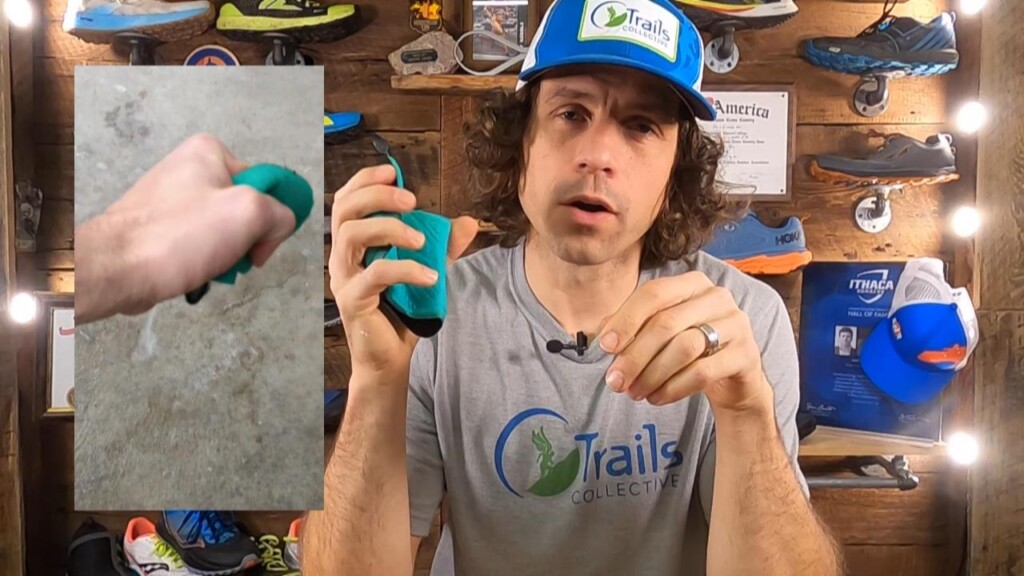
In most cases, I wouldn’t separate out the insole into its own subheading. In the case of Topo’s Ortholite insole with trail models though, I think it’s called for. At 5mm thickness, the Ortholite for sure adds a bit of cushion. This is especially needed for selling the shoe on out-of-the-box feel, as well as in adding a bit of cush over a relatively firm chassis. So, while that sounds good, there’s a performance downside, applicable to trail. In many places of the northeast, creek-crossings are commonplace. When I first tested the Topo MT-3, and MTN Racer, I was curious about a piston sound coming from the shoe after full submersions. What I traced it to was the Ortholite insole. It literally acts like a sponge, hanging onto water for miles after submersion. This all but negates the water drainage feature present in their trail models.
Midsole
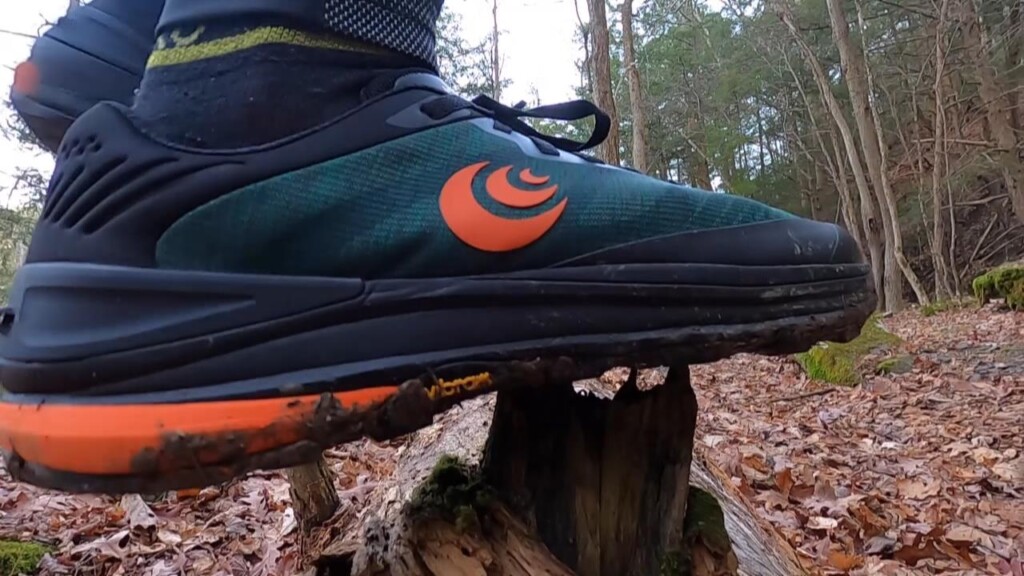
Materials and Design:
The Ultraventure Pro is outfitted with a variable density proprietary ZipFoam blend. It’s purported to have a lower compression set versus other traditional and commonplace EVA’s. As with other models such as the MTN Racer, the three-part variable-density composition allows for a bit softer strike zone in the lateral heel, and support through the medial midfoot. Set on top of the midsole is an ESS (Enhanced Surface Strength) rockplate which is comprised of unexpanded vinyl. On top of that is the strobel board lasting. A unique piece of that lasting is a perforated upper foam layer. And the performance?
Performance:
ZipFoam –
Zipfoam is Topo’s proprietary compound which I first ran in the Phantom, followed by the Zephyr, and, in the current rotation, the UltraFly 3. I think I’d agree that the Zipfoam offers a bit lower compression than traditional EVA’s. The bar though is higher there then it used to be however, and, I’m currently getting less compression a couple hundred miles into Brook’s DNA Flash Foam than I am in the UltraFly 3’s Zipfoam (my two road shoes in the current rotation). One or both of the established review entities have commented on the Ultraventure Pro and Zipfoam feeling bouncy. I’d very much disagree with that. Zipfoam has a light and responsive feel, but it’s firmer than many of the other brands compounds. That’s not all bad, but, paired with the rigid chassis, I don’t know if it’s the best combo. So, let’s get into that chassis.
Chassis –
Topo rates the Ultraventure Pro as “firm” in pliability, “light stability” in support, and “balanced” in cushion. I question “balanced” on cushioning, seeming a bit obtuse in a marketing catch phrase. Firm and Light Stability though I think are accurate. I think you really can feel the multi-density midsole design, with a softer heel strike zone, and slightly posted midfoot. The Zipfoam I think makes for a firmer feel in those densities than the EVA used in the MTN Racer. Pair that with the ESS rockplate and you have a relatively rigid underfoot feel. The shoe takes technical shots, but I found my foot and ankle torqueing to accommodate the shoe not flexing. Because of that feel, on several runs I was equating it to the Montrail Hardrock in the Topo lineup. That may speak a bit to my age and how long I’ve been around the sport and industry.
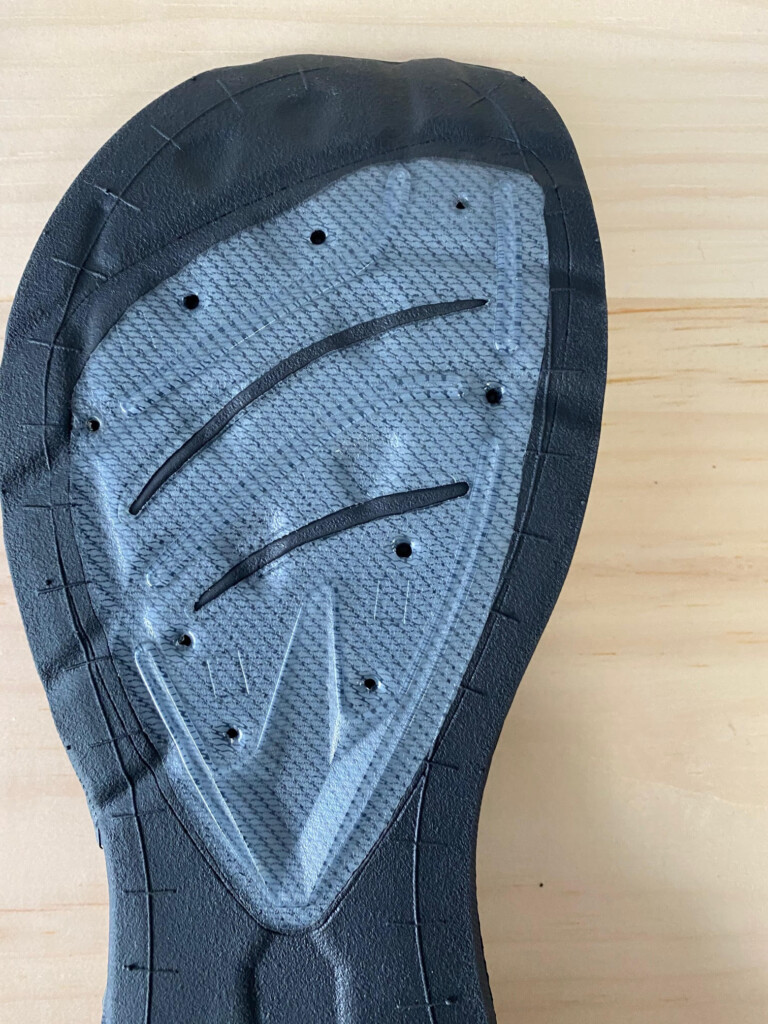
For those of you who have tuned into my other reviews, you know that I’m not a fan of rockplates. As Topo’s founder and CEO, Tony Post, mentions in his rundown on the Topo MTN Racer, his view was that the midsole was thick enough that the shoe didn’t need a rockplate. I’d argue the same is absolutely true with the Ultraventure Pro. So, why insert it here? Good question, and hang tight, I’ll get there in my closing of who I think the shoe is designed for.
Outsole
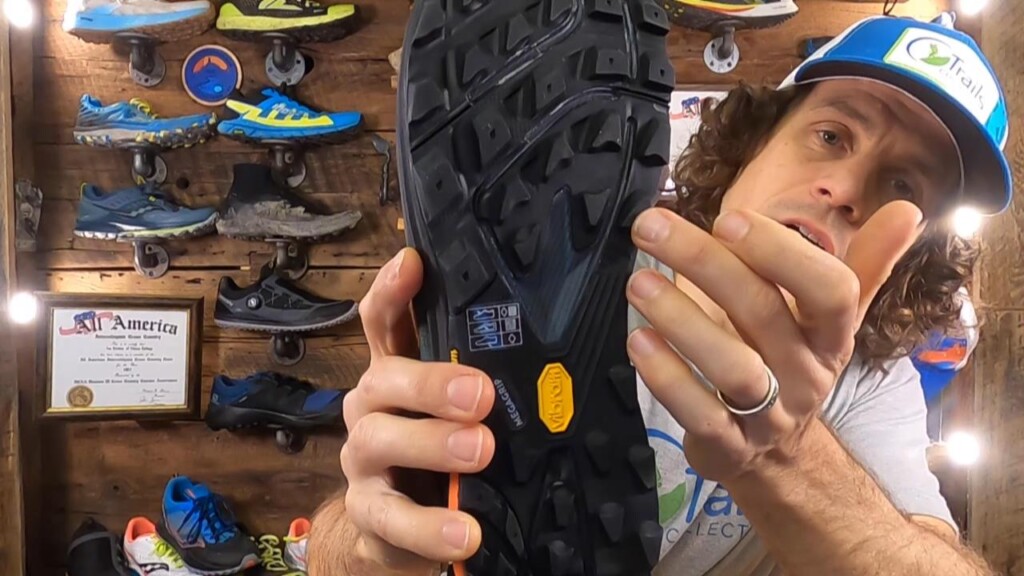
Material and Design:
Topo uses Vibram MegaGrip as the base of the Ultraventure Pro. The Megagrip compound offers excellent durability and stickiness including in wet conditions. This was confirmed in our head to head testing of stickiest outsole rubbers here. The lug patterns are relatively unremarkable, though in a good way.
Performance:
Megagrip –
Megagrip is a well-known and trusted compound. In my experience, it’s been one of the more durable outsole rubbers on the market, bested only by Inov-8’s Graphene, used in models such as the G 270. The stickiness is better than most, in a tier with the Graphene in Inov-8’s G 270, or the Butyl in the VJ MaxX.
Configuration and Lugs –
The adequate spacing between lugs aids in them shedding mud and not lodging stones. The rhomboidal shapes allows the forefoot to claw back on ascents, and heel additional traction while descending. There’s a fine flex groove line in the outer rear of the outsole which allows a bit of flex at heel strike. This works well in conjunction with the softer Zipfoam density in the heel area. There are flex grooves around the metarsals in the forefoot, where you can see the ESS rockplate exposed. The firmer foam and rockplate however negate those flex grooves from providing much in the way of forefoot flexion.
Comparisons
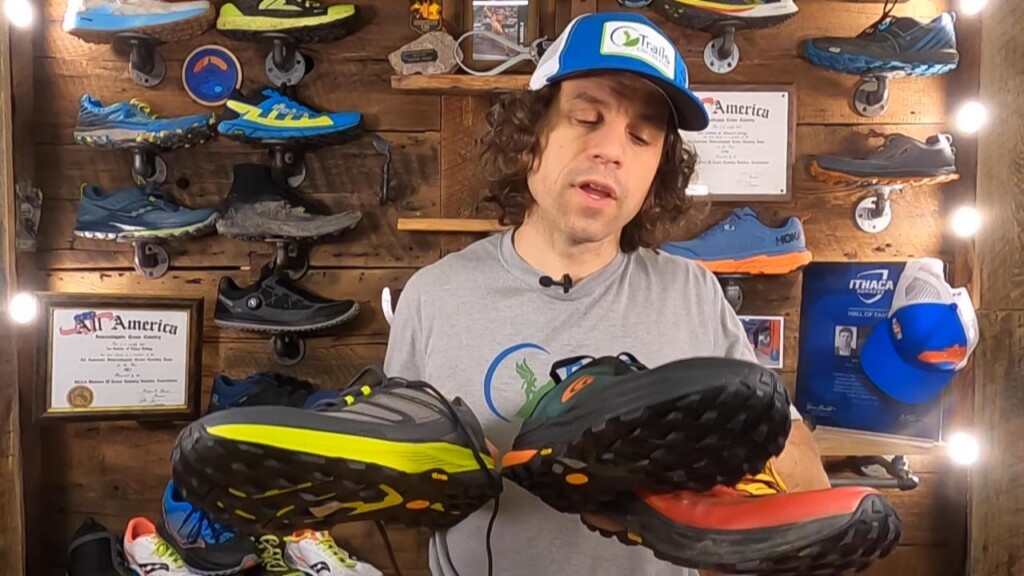
Topo MTN Racer –
Stack Height: 30mm Heel / 25mm Forefoot
Weight: 9.8 oz M9 / 7.7 oz W7
RockPlate: No
Upper: Ripstop
Midsole: 3 Part Injected EVA
Outsole: Vibram Megagrip
MTN Racer vs the Ultraventure Pro: The MTN Racer may be a better choice for an individual looking for a dedicated trail running shoe. Its stack height is great enough to be well protected without the added rigidity of a plate. The outsole traction and durability is equal. The midsole a bit more forgiving. The Upper a bit more dialed and supportive. The overall weight a bit lower.
Topo UltraVenture –
Stack Height: 30mm Heel / 25mm Forefoot
Weight: 10.2 oz M9 / 8.1 oz W7
RockPlate: No
Upper: Mesh
Midsole: Multi-Density Injected EVA
Outsole: Vibram XS Trek
Ultraventure vs the Ultraventure Pro: The Ultraventure’s injected EVA, Vibram XS Trek, and sans Rockplate make for a softer smoother ride than the Pro version. For those putting in longer efforts, and looking for a daily trainer, the Ultraventure, we think is the better bet.
The Takeaway:
Topo as a brand has created something great with models offering wider toeboxes set on variable drop platforms. The uppers of their models haven’t had the blow-outs that some competitors have. Their midsoles are firm but responsive, with decent longevity. Their outsoles, particularly in using Vibram compounds, are known and dependable. All those good qualities convey in the Pro, a model they’ve thrown all their technology into. The end result of this amalgamation however is a model that has a firm base, a semi-rigid chassis, and more protection than most trail runners will need. That rigidity magnifies relative weaknesses in the design of the upper. This isn’t all to say the negative qualities outweigh the positives, you just have to understand who this model is for. So, who is it for?
Who’s this for?
Miles into running the Ultraventure Pro through variable terrain, I’d chewed on what Topo was looking to accomplish with the Pro. In the day or two before writing this review, as if they were listening to my inner monologue, the provided the answer in the form of Facebook ads on my feed. The image and words? A day-hiker stepping up onto a rock with a paragraph leading with “Trek, hike or run, in the ultimate performance hybrid”. With REI opening them as a vendor in late 2019, and which represented a huge opportunity, this all seemed to come together in understanding who this model is designed for.
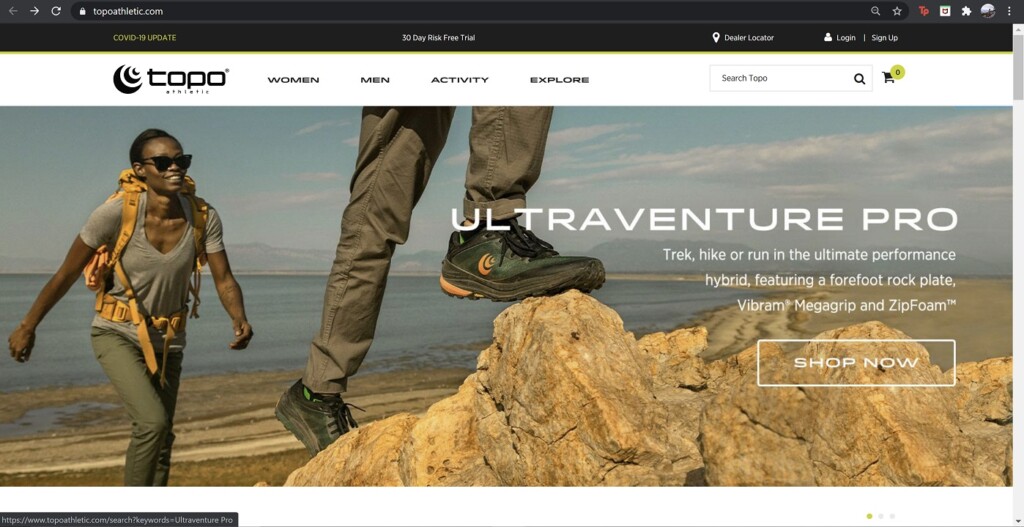
There may be some dedicated trail runners who are looking for a firm and well-protected if not stiff shoe. But I think it’s a shrinking population, with the market shifting accordingly to softer and more flexible designs and materials. Most dedicated trail runners who like the signature Topo fit will be better served by the Ultraventure or MTN Racer. Both of these are excellent options. But the athleisure market, or those wanting a shoe to do it all, is a much larger market. If there was any intent to serve up a gem to that huge base, and offered in a setting such as REI, to that I think Topo nailed it. For that person looking for a hiking-to-running cross-over, with solid protection in a lightweight package, you may have found your next best friend.
Ready to try a pair of the Ultraventure Pros?
Awesome, check with your local run specialty shop. If they don’t have them, we’d love to earn your business. Although not reflected on our eCommerce site at the time of writing, we do have them in stock. So check in with us and we’ll get a pair headed your way.


